BMW, short for Bayerische Motoren Werke (translated as Bavarian Motor Works), is a globally renowned German automobile manufacturer known for its luxury vehicles, motorcycles, and engines. Founded in 1916, the company has a rich and fascinating history, evolving from its early days as an aircraft engine producer to becoming a symbol of performance, innovation, and style in the automotive world.
Related: 10 Interesting Facts About KIA
With its deep roots in Bavaria, BMW has consistently pushed the boundaries of engineering and design, earning a loyal following and a legacy of excellence. Here are some intriguing facts that highlight BMW’s remarkable journey through the years:
Origins in Aviation:
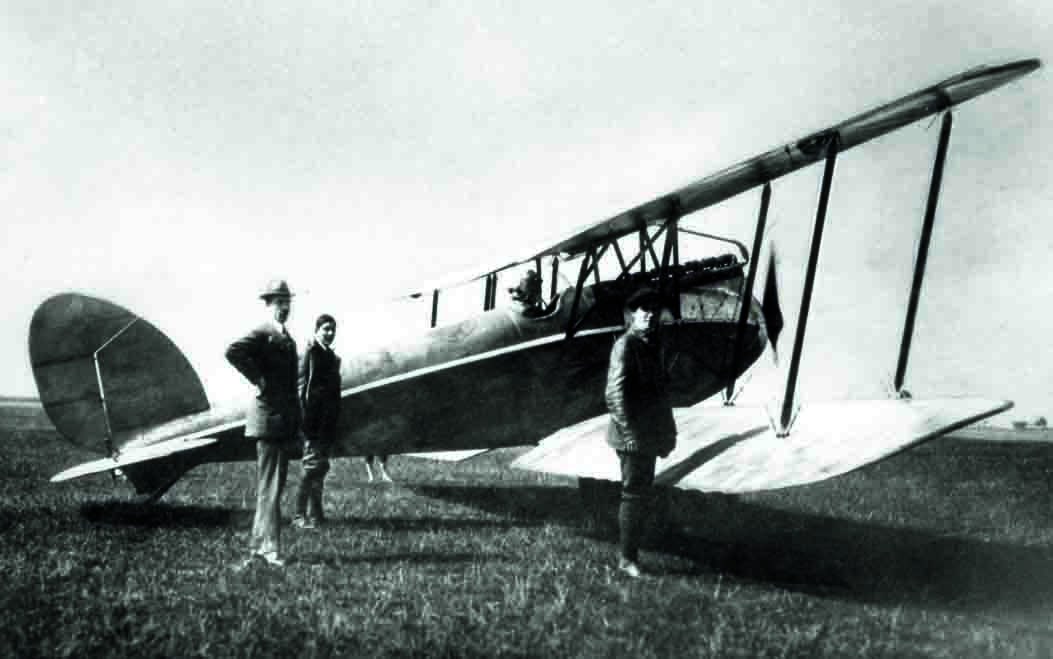
BMW was founded in 1916 as an aircraft engine manufacturer, during World War I. The company’s first product, the BMW IIIa aircraft engine, was highly regarded for its reliability and performance at high altitudes. After the war, restrictions on aircraft production forced BMW to diversify, eventually leading to motorcycles and automobiles.
Iconic Logo:

The BMW logo, often thought to symbolize a spinning propeller, actually reflects the colors of the Bavarian flag—blue and white. The misconception about the propeller stems from a 1929 advertisement that linked the logo with aviation heritage. Regardless, the logo has become a global icon for luxury and performance.
First Motorcycle:
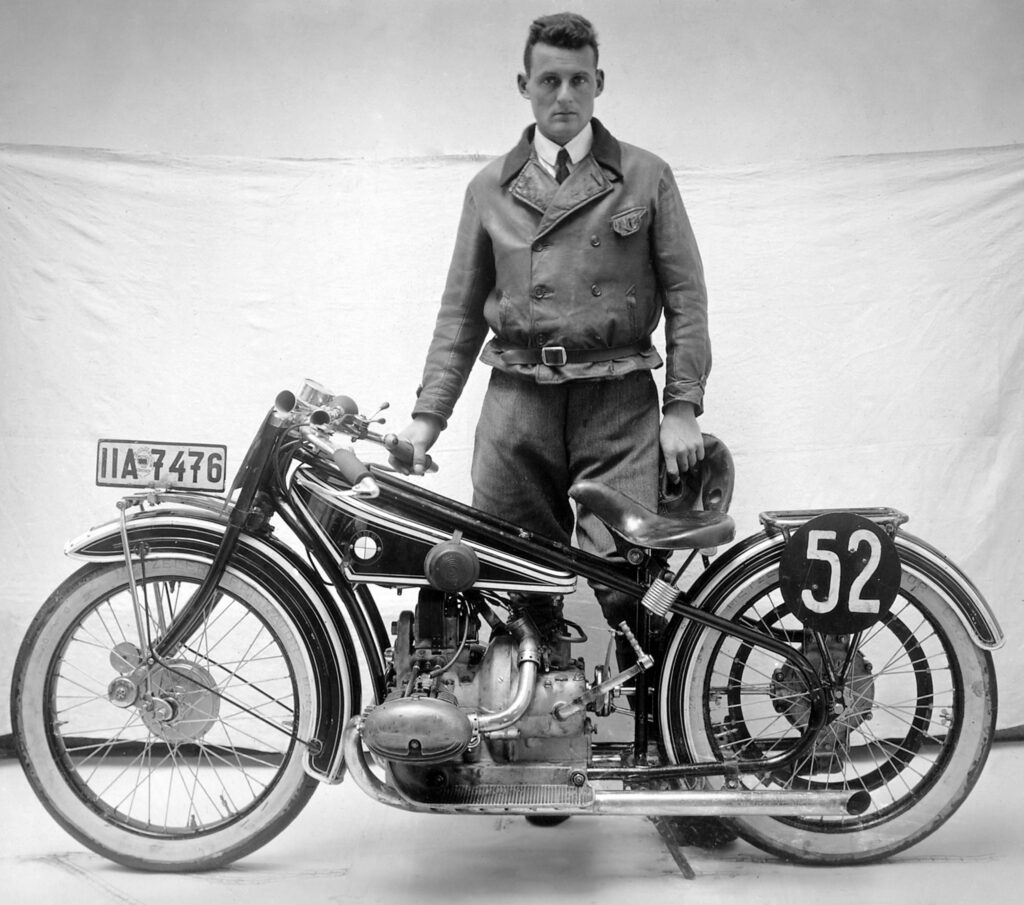
In 1923, BMW introduced the R32, their first motorcycle. It featured an innovative flat-twin boxer engine mounted transversely, which improved cooling and weight distribution. This engine design became a signature of BMW motorcycles, known for their durability and performance.
Automobile Entry:
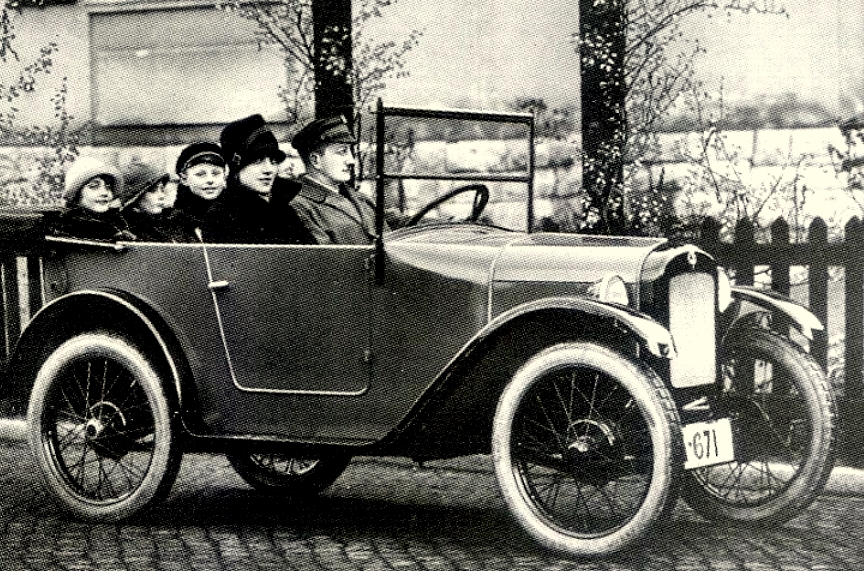
BMW ventured into automobile manufacturing in 1928 by acquiring Fahrzeugfabrik Eisenach, a car company that built the Dixi 3/15, based on the Austin 7. This small, economical car marked BMW’s entry into the automobile market, paving the way for the company’s future success in luxury and sports vehicles.
World War II Impact:
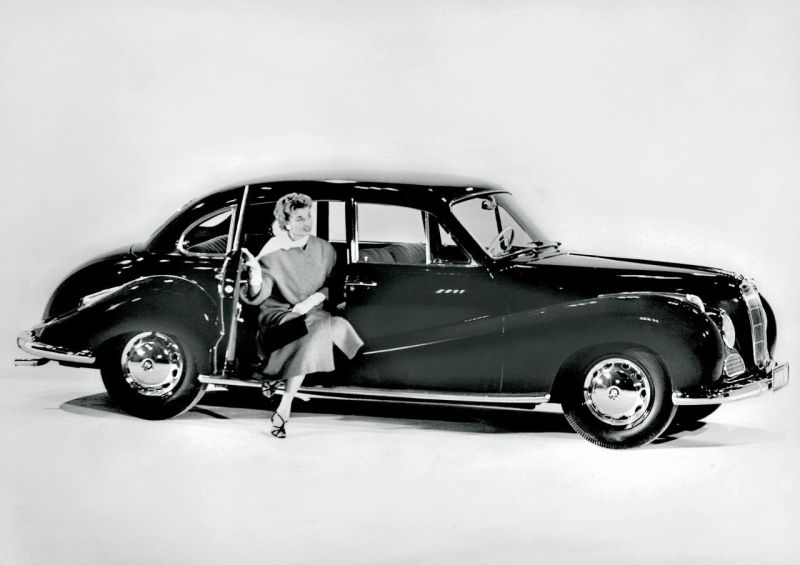
During World War II, BMW focused primarily on manufacturing aircraft engines and motorcycles for the German military. After the war, the Allies imposed restrictions on BMW, banning it from producing aircraft engines. This forced the company to rebuild its reputation and re-enter the civilian market, starting with motorcycles in 1948 and cars in 1952.
Near Bankruptcy:
In the late 1950s, BMW struggled financially due to declining sales and stiff competition. Mercedes-Benz’s parent company, Daimler-Benz, attempted to acquire BMW. However, Herbert Quandt, a wealthy industrialist, invested heavily in BMW and reorganized its operations. His efforts turned the company around, ensuring its independence and setting the stage for its modern success.
M Division:
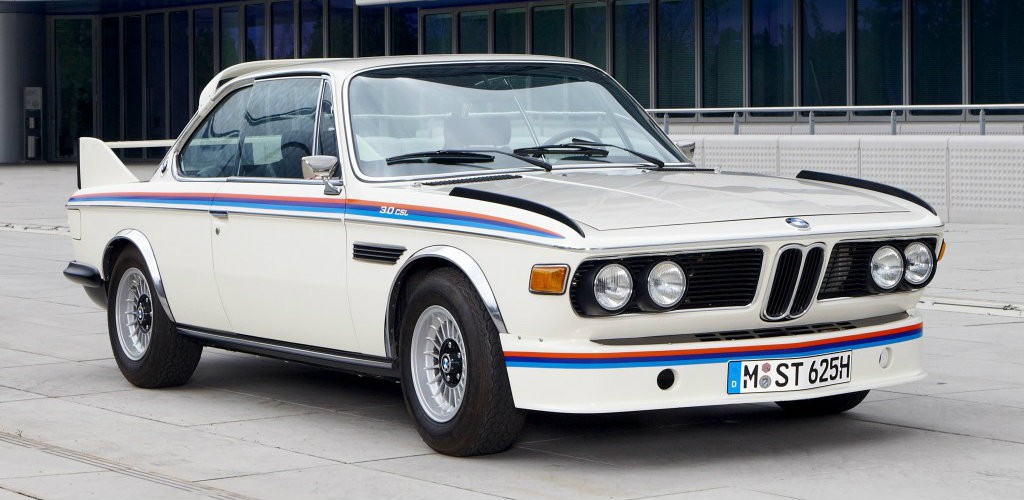
BMW’s M division launched in 1972, was initially created to support the company’s racing program. Over time, it began producing high-performance versions of BMW’s standard cars. Iconic models like the BMW M3, M5, and M8 have since become benchmarks in the performance car segment, blending racing technology with everyday usability.
Electric Pioneering:
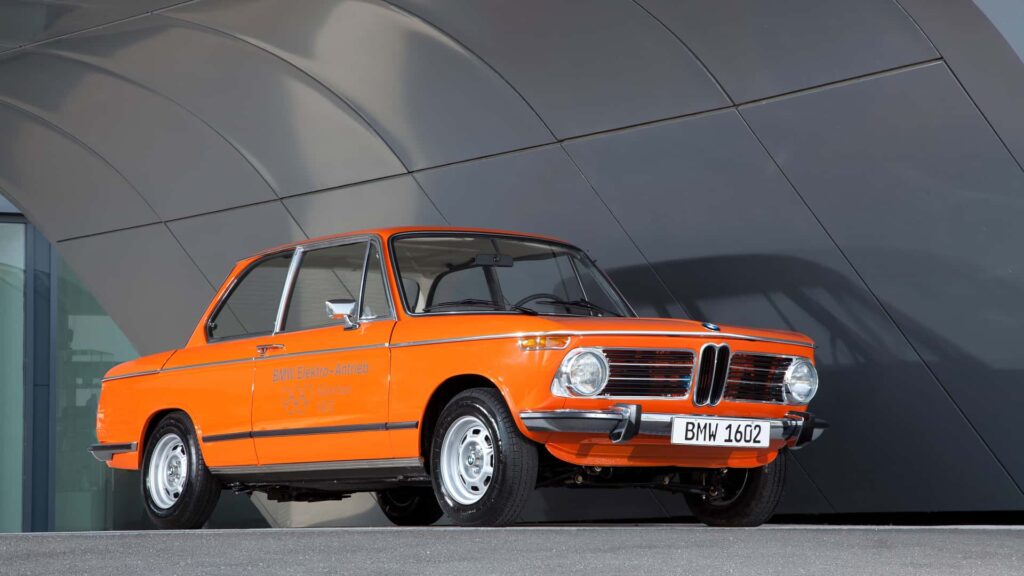
BMW showcased its forward-thinking approach with the 1602 Elektro-Antrieb, an electric car introduced during the 1972 Munich Olympics.

Although it was never mass-produced, it demonstrated BMW’s early interest in alternative energy vehicles. Decades later, this legacy evolved into the fully electric i-series cars like the BMW i3 and i8.
Art Cars:
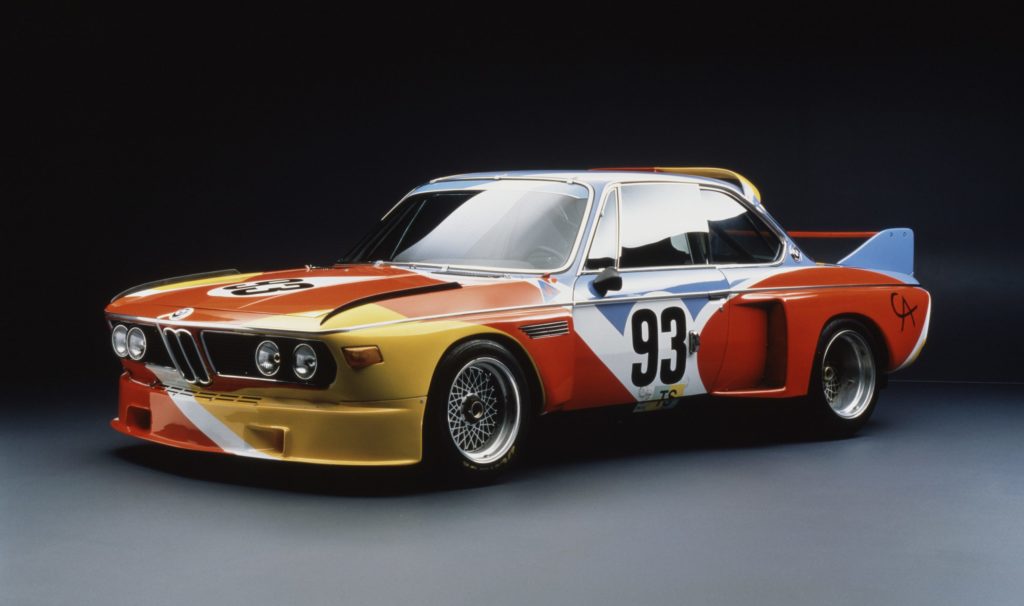
In 1975, French auctioneer and art enthusiast Hervé Poulain initiated the BMW Art Car Project, where renowned artists transformed BMW cars into works of art. Andy Warhol, Roy Lichtenstein, and Jeff Koons are just a few of the legendary artists who have contributed to this unique collection, merging art and engineering.
Innovative Engineering Feats:
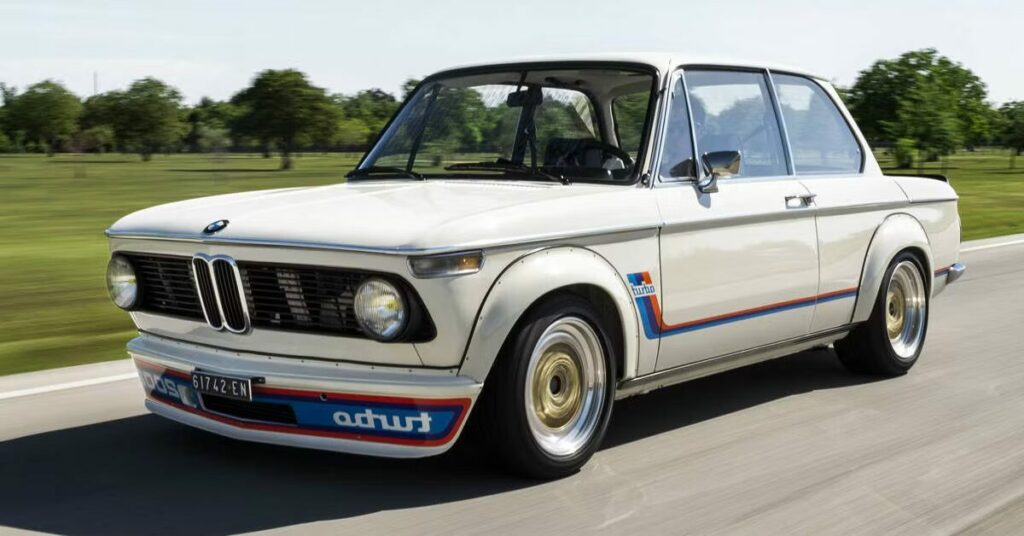
BMW has always been at the forefront of engineering innovation. One of its standout contributions is the development of the turbocharged engine for production vehicles. The BMW 2002 Turbo, introduced in 1973, was one of the world’s first mass-produced turbocharged cars. This model demonstrated BMW’s ability to integrate racing technology into everyday vehicles, paving the way for modern turbo engines used across the automotive industry today. BMW’s emphasis on cutting-edge technology has continued with advancements in autonomous driving, lightweight materials like carbon-fiber-reinforced plastic, and hydrogen fuel cell technology.
Motorcycle Records:
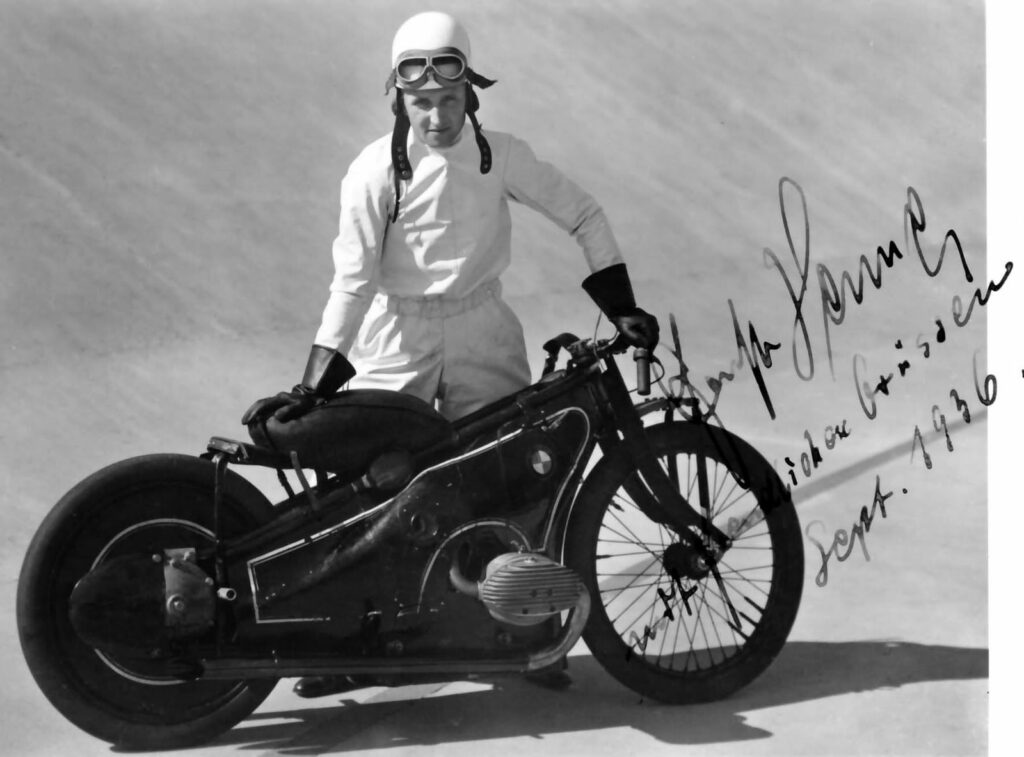
In 1937, BMW set a motorcycle land speed record with the supercharged 500cc BMW WR 500. It achieved a remarkable top speed of 173.7 mph (279.5 km/h), a record that stood unbeaten for 14 years. This accomplishment cemented BMW’s reputation for engineering excellence in both motorcycles and automobiles.
Sustainability Efforts:
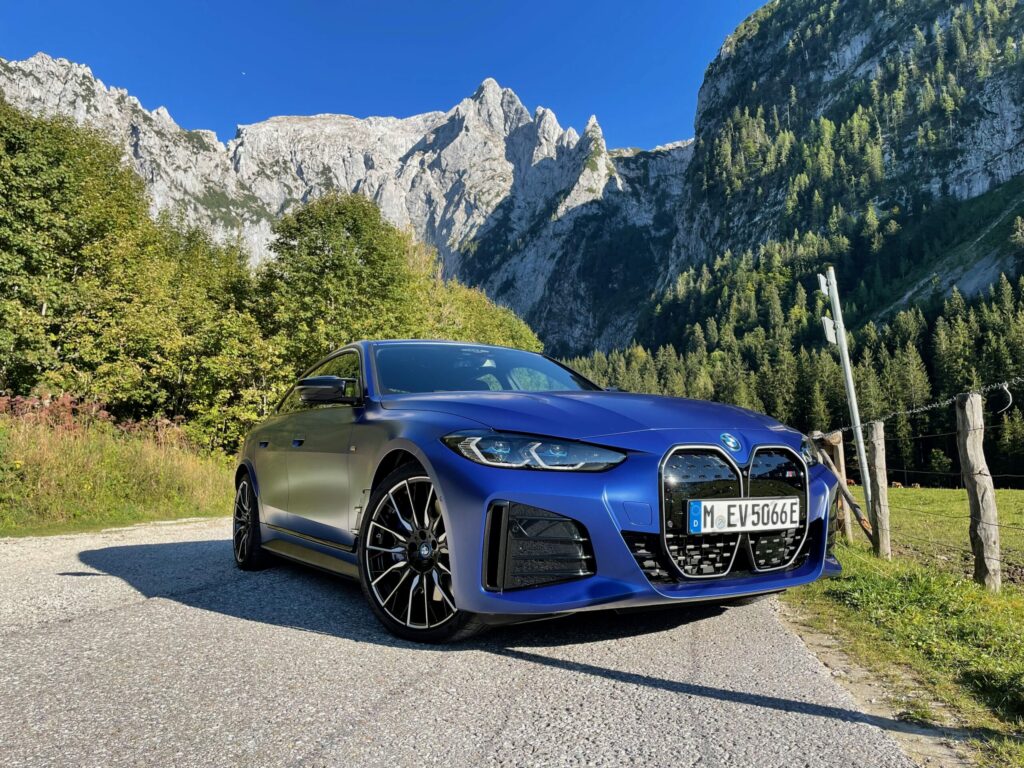
As part of its commitment to sustainability, BMW has pledged to reduce its carbon footprint by focusing on electric mobility. By 2030, half of BMW’s global sales are expected to come from fully electric vehicles, aligning with global efforts to combat climate change. Models like the BMW iX and i4 represent this shift toward a greener future.

I don’t eat, sleep or dream of cars, I am just someone who loves to see, think & write about cars. I love Ferrari in Pink but they won’t make one for me. I use X to write my full name, but that doesn’t mean I’m inspired by Altis X, in fact, my dad hates it 😀 Btw I’m an occasional writer so don’t expect too much from me 🙂




